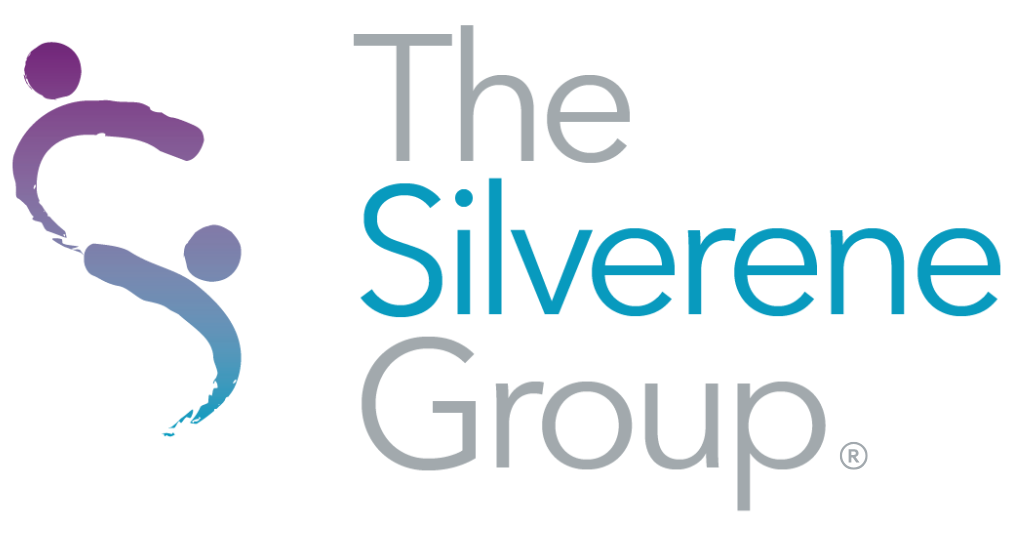
13 Aug Breaking the Mold — How to Fix Cultures That Look Good on Paper but Fail in Practice.
It’s the story we see too often: A company proclaims bold values—agility, innovation, inclusivity—yet in practice, layers of hierarchy, outdated norms, and symbolic gatekeeping get in the way.
Meet Imani, a mid-level leader we feature in The Conscious Workplace. She had to navigate days of calendar blocks and approval layers just to speak with the CEO of a company that claimed to be “flat” and “collaborative.” Meanwhile, executive offices were lavish and empty, while staff squeezed into shared spaces.
This isn’t just bad optics. It’s bad business.
In today’s world, where Gen Z and AI are simultaneously reshaping what it means to work, your culture can’t just look good on paper—it has to perform in real time.
The New Culture Crisis: Reactive vs. Intentional
One of the biggest cultural red flags? Leadership only takes action after a PR crisis, a Glassdoor takedown, or a viral tweet.
We saw this in the Airbnb case. A brilliant business model—undone by blind spots in culture. Discrimination on the platform persisted for years before the company addressed it, costing trust, reputation, and time.
Here’s the trap: Leaders believe their values are strong because they’re written down. But if your systems and behaviors don’t reinforce those values daily, the culture becomes reactive—and reactive cultures break under pressure.
Warning Signs Your Culture Is Reactive (Even If It Sounds Progressive)
- Your leaders say “we’re inclusive,” but you haven’t audited your hiring, promotions, or retention patterns in years.
- Feedback only flows upward during engagement survey season.
- You celebrate “cultural fit,” but that fit looks and sounds a lot like the status quo.
- Decisions are made behind closed doors and justified with post-facto communication.
- You only fund DEI or wellbeing initiatives after public criticism—or employee revolt.
These aren’t people problems. They’re system problems disguised as people problems.
Breaking the Mold: Where to Start
Legacy cultures aren’t fixed with town halls and training sessions. They require rewiring at every level—from values to processes to power structures. That’s where our SPARK framework comes in: Survey, Plan, Activate, Reinforce, and Keep the Momentum.
Here’s how to begin:
- Dismantle symbolic barriers. Stop calling yourself flat if no one can reach you. Open up access points—digitally and in real life.
- Surface the real stories. Use employee listening and culture diagnostics to reveal how people actually experience your organization.
- Center lived experience. Move beyond demographics and into how inclusion, safety, and empowerment show up day to day.
- Design for evolution. Build in regular reflection and feedback cycles, not one-off fixes. Culture is dynamic—and your systems should be too.
- Acknowledge harm. If damage has been done (and in most legacy orgs, it has), name it. Repair begins with responsibility.
Culture is a Leadership Discipline—Not a Side Project
To stay relevant in this AI-accelerated, transparency-demanding, values-driven era, leaders must treat culture with the same rigor as financial forecasting or tech investment.
Why? Because the best AI tools in the world won’t save a company where people are disengaged, unheard, or walking on eggshells.
And talent—especially your next generation of leaders—isn’t waiting around. Gen Z doesn’t just expect inclusive cultures. They’re building them. If they don’t find it in your company, they’ll create it elsewhere.
This Is the Moment to Get Intentional
If your workplace still operates by outdated norms—rigid titles, hidden decision-making, shallow DEI playbooks—this is your chance to change the story.
Culture transformation isn’t just about being “nice” or “modern.” It’s about staying viable.
And it starts with one simple question:
Is your culture truly built for the future—or just branded that way?
Bottom line:
Your culture either supports your strategy or sabotages it. There’s no middle ground. If you’re tired of working around cultural friction instead of through it, let’s talk about what intentional transformation actually looks like
Image Credit: Photography DIB from Getty Images.



